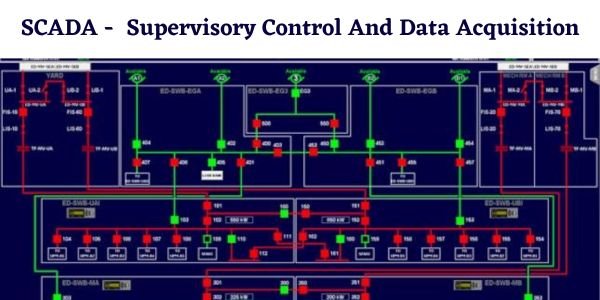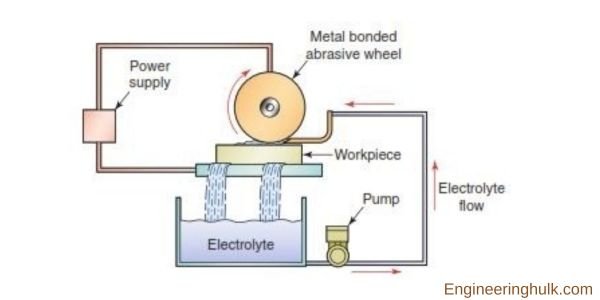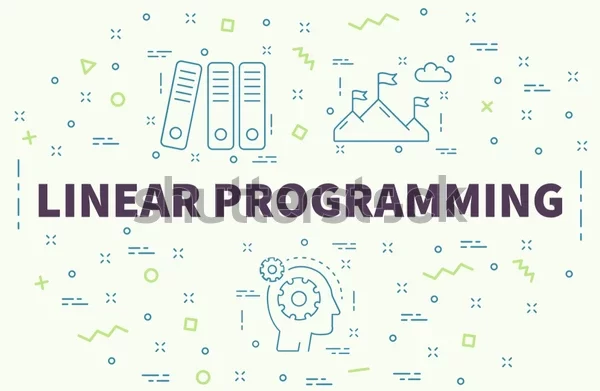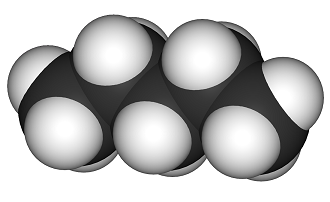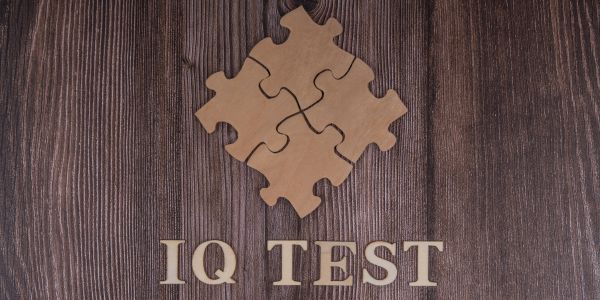Table of Contents
What is an IQ Test?
An Intelligence Quotient (IQ) test is a standardized assessment designed to measure an individual’s cognitive abilities and intellectual potential. These tests evaluate various aspects of intelligence, including logical reasoning, problem-solving skills, memory, verbal and mathematical abilities, and spatial awareness.
The results are typically represented as an IQ score, which is a numerical value that compares an individual’s performance to the average performance of others in their age group.
The Purpose of IQ Tests:
IQ tests serve multiple purposes in different domains, including education, psychology, and employment. In educational settings, IQ tests help identify students’ strengths and weaknesses, inform instructional approaches, and identify those who may require additional support or advanced enrichment. In psychology, IQ tests aid in diagnosing intellectual disabilities or identifying gifted individuals.
Moreover, employers may use IQ tests as part of their hiring process to assess an individual’s problem-solving skills and potential job performance.

Types of IQ Tests:
Stanford-Binet Intelligence Scales:
Developed by Alfred Binet and Theodore Simon, this test is one of the oldest and most widely used IQ tests. It assesses cognitive abilities across different age groups and provides a comprehensive understanding of a person’s intellectual strengths.
1. History of the Stanford-Binet Intelligence Scales:
The Stanford-Binet Intelligence Scales originated from the pioneering work of Alfred Binet, a French psychologist, and his collaborator, Theodore Simon. In the early 20th century, they developed the Binet-Simon Scale to identify children with learning difficulties.
The scale underwent several revisions and adaptations, eventually leading to the Stanford-Binet Intelligence Scales, named after its American adaptation by Lewis Terman at Stanford University in the early 1910s.
2. Purpose and Structure:
The Stanford-Binet Intelligence Scales aim to measure cognitive abilities across different domains, including verbal reasoning, abstract/visual reasoning, quantitative reasoning, and short-term memory. The test is individually administered and comprises a series of age-appropriate tasks and questions that assess various intellectual abilities. The structure of the test varies depending on the age group being assessed, with separate scales for children, adolescents, and adults.
3. Administration and Scoring:
Trained professionals, such as psychologists or educational specialists, typically administer the Stanford-Binet Intelligence Scales. The test is conducted in a one-on-one setting to ensure accurate assessment and to provide a comfortable testing environment for the individual being assessed.
The examiner presents a series of tasks and questions, and the individual’s responses are recorded and scored accordingly.
Scoring in the Stanford-Binet Intelligence Scales involves comparing an individual’s performance to standardized norms based on age. The results yield an IQ score, which provides a quantitative representation of an individual’s intellectual abilities in comparison to the average performance of their age group.
4. Practical Applications and Benefits:
The Stanford-Binet Intelligence Scales serve a variety of practical applications. In educational settings, they help identify students’ intellectual strengths and weaknesses, guide instructional planning, and inform placement in specialized programs or interventions.
In clinical psychology, the scales assist in diagnosing intellectual disabilities or learning disorders, as well as identifying gifted individuals who may benefit from advanced educational opportunities.
5 Limitations and Considerations:
While the Stanford-Binet Intelligence Scales have proven to be valuable tools, it’s important to acknowledge their limitations. Critics argue that the tests may be influenced by cultural or socio-economic biases, potentially affecting the validity of results. Additionally, the scales primarily focus on cognitive abilities and may not fully capture other essential aspects of intelligence, such as creativity or emotional intelligence.
Wechsler Intelligence Scales:
The Wechsler Adult Intelligence Scale (WAIS) and Wechsler Intelligence Scale for Children (WISC) are widely used IQ tests. They assess verbal comprehension, perceptual reasoning, working memory, and processing speed..
1. The History of the Wechsler Intelligence Scales:
David Wechsler, an American psychologist, introduced the first Wechsler Intelligence Scale in the 1930s as an alternative to the existing intelligence tests. He believed that intelligence encompassed more than just a single score and developed scales that would provide a comprehensive understanding of an individual’s intellectual capabilities.
Since then, the Wechsler Intelligence Scales have undergone several revisions, leading to the development of separate scales for children, adolescents, and adults.
2. Structure and Subtests:
The Wechsler Intelligence Scales consist of various subtests that assess different aspects of intelligence. The two most widely used scales are:
a. Wechsler Adult Intelligence Scale (WAIS):
Designed for individuals aged 16 years and older, the WAIS assesses verbal comprehension, perceptual reasoning, working memory, and processing speed. It includes subtests such as information, similarities, block design, digit span, and coding, among others.
b. Wechsler Intelligence Scale for Children (WISC):
Developed for children aged 6 to 16 years, the WISC evaluates similar cognitive domains but adapts the content to be age-appropriate. Subtests in the WISC include vocabulary, picture completion, matrix reasoning, digit span, and symbol search, among others.
3. Administration and Scoring:
The Wechsler Intelligence Scales are individually administered by trained professionals, such as psychologists or educational specialists. The tests are conducted in a one-on-one setting to ensure accurate assessment and create a comfortable environment for the individual being assessed. The examiner presents a series of tasks and questions, and the individual’s responses are recorded and scored accordingly.
Scoring in the Wechsler Intelligence Scales involves comparing an individual’s performance to standardized norms based on age. The results yield various index scores, including verbal comprehension, perceptual reasoning, working memory, processing speed, and a Full-Scale IQ score, which represents overall intellectual functioning.
4. Practical Applications and Benefits:
The Wechsler Intelligence Scales serve numerous practical applications. In educational settings, they help identify students’ cognitive strengths and weaknesses, guide instructional planning, and inform individualized educational programs.
In clinical practice, the scales aid in diagnosing intellectual disabilities, learning disorders, or cognitive impairments. They also assist in identifying gifted individuals who may benefit from advanced educational opportunities.
5. Limitations and Considerations:
While the Wechsler Intelligence Scales provide valuable insights into cognitive abilities, it’s important to acknowledge their limitations. Some critics argue that the tests may be influenced by
cultural or socio-economic biases, potentially affecting the validity of results. Additionally, the scales primarily focus on cognitive abilities and may not fully capture other essential aspects of intelligence, such as creativity or emotional intelligence.
Raven’s Progressive Matrices:
Raven’s Progressive Matrices is a widely recognized and highly regarded test that assesses abstract reasoning skills. Developed by John C. Raven, this non-verbal test has gained popularity in various fields, including psychology, education, and cognitive assessment.
1. Understanding Raven’s Progressive Matrices:
Raven’s Progressive Matrices are primarily designed to measure an individual’s fluid intelligence, which refers to the ability to solve complex problems, think abstractly, and adapt to new situations. Unlike tests that rely on acquired knowledge, this test focuses on the underlying cognitive processes, such as pattern recognition, analogy, and logical reasoning.
2. Test Structure:
The test consists of a series of matrices, with each matrix having a missing element. The individual’s task is to identify the missing pattern or element from a set of options provided. The matrices progressively become more complex, challenging the individual’s ability to discern and apply patterns. The test is typically composed of multiple sets, each containing a specific number of matrices.
3. Administration:
Raven’s Progressive Matrices can be administered individually or in a group setting. The test is usually conducted on paper, but digital versions are also available. It is important to ensure a quiet and distraction-free environment during the test to minimize external influences. Test-takers are instructed to work efficiently and accurately, focusing on identifying the missing element in each matrix.
4. Scoring and Interpretation:
Scoring Raven’s Progressive Matrices requires careful assessment of the individual’s responses. The test is scored based on the number of correctly solved matrices within the given time limit. The raw scores are then converted into percentile ranks or standardized scores, allowing for comparison against a normative sample. These scores provide valuable insights into an individual’s abstract reasoning abilities and can aid in educational, clinical, or occupational decision-making processes.
5. Applications of Raven’s Progressive Matrices:
Raven’s Progressive Matrices has found applications in various domains:
a) Educational Assessment:
The test is used to identify students with exceptional reasoning abilities, helping in the identification of gifted and talented individuals who may benefit from specialized educational programs.
b) Cognitive Research:
Researchers employ Raven’s Matrices to investigate the underlying cognitive processes involved in abstract reasoning and intelligence. It provides a standardized tool for studying individual differences and cognitive development.
c) Clinical Evaluation:
Raven’s Progressive Matrices are used in clinical settings to assess cognitive functioning, especially in cases of neurodevelopmental disorders, brain injuries, or cognitive impairments.
d) Employment and Recruitment:
Many organizations utilize Raven’s Matrices as part of their selection process, particularly for jobs that require problem-solving skills, critical thinking, and the ability to work with abstract concepts.
6. Tips for Preparation:
To enhance performance on Raven’s Progressive Matrices, individuals can consider the following tips:
a) Familiarize Yourself: Get acquainted with the test format and practice solving similar types of problems. This can improve your ability to identify patterns quickly.
b) Develop Analytical Skills: Sharpen your analytical thinking by regularly engaging in puzzles, brainteasers, and logic games. This can help improve your pattern recognition and problem-solving abilities.
c) Time Management: Practice working efficiently within the time constraints of the test. Learn to prioritize and allocate appropriate time to each matrix, ensuring you do not get stuck on challenging items.
d) Maintain Focus: Enhance your concentration and attention span through techniques such as meditation, deep breathing exercises, or engaging in activities that improve cognitive flexibility.
Interpreting IQ Scores:
IQ scores are typically represented on a standardized scale, with 100 being the average score. The following classification is commonly used:
– Very Superior: 130 and above
– Superior: 120-129
– Above Average: 110-119
– Average: 90-109
– Below Average: 80-89
– Borderline: 70-79
– Extremely Low: Below 70
It’s essential to note that an IQ score should not be the sole determinant of a person’s intelligence or potential. Other factors such as motivation, emotional intelligence, creativity, and social skills also contribute to an individual’s overall capabilities.
Criticisms and Limitations:
IQ tests have faced criticism over the years due to their potential cultural and socio-economic biases. Critics argue that these tests may not accurately capture the diverse nature of intelligence and overlook other important forms of cognitive abilities. It’s crucial to consider these limitations when interpreting IQ test results and to use them as one of many tools for understanding an individual’s capabilities.
Benefits and Practical Applications:
Despite the criticisms, IQ tests have practical applications and benefits. They provide valuable insights into cognitive strengths and weaknesses, aid in diagnosing intellectual disabilities or giftedness, inform educational planning, and help match individuals with suitable employment opportunities.
Also, read the Personality test

